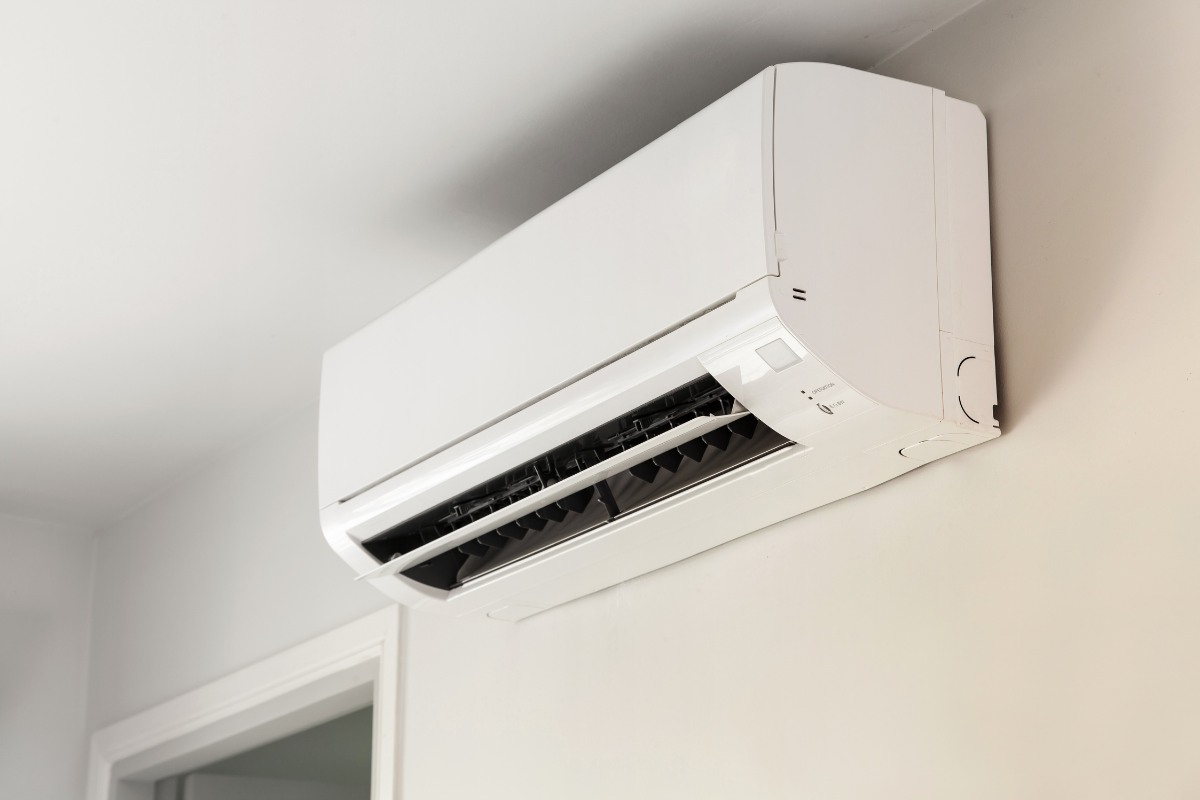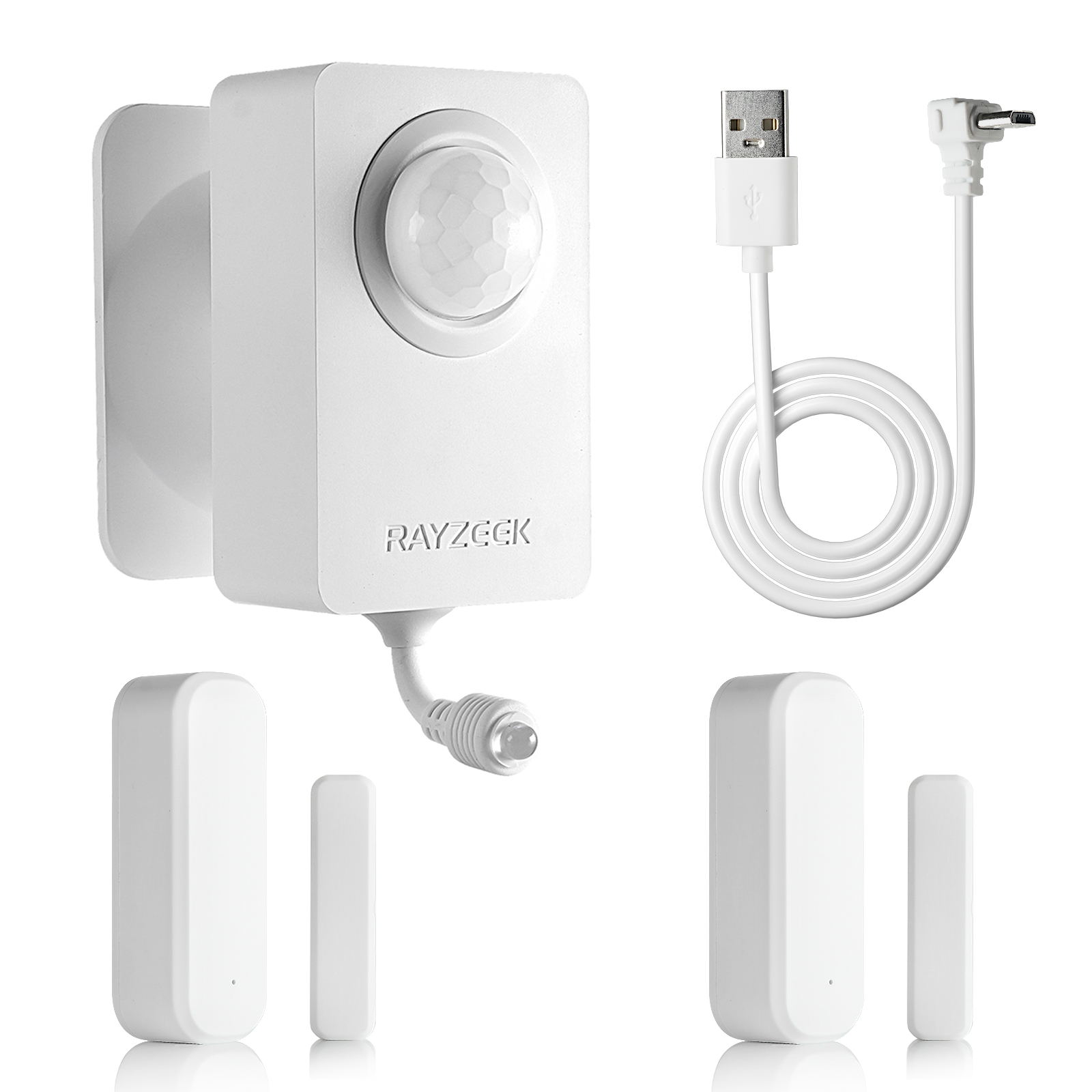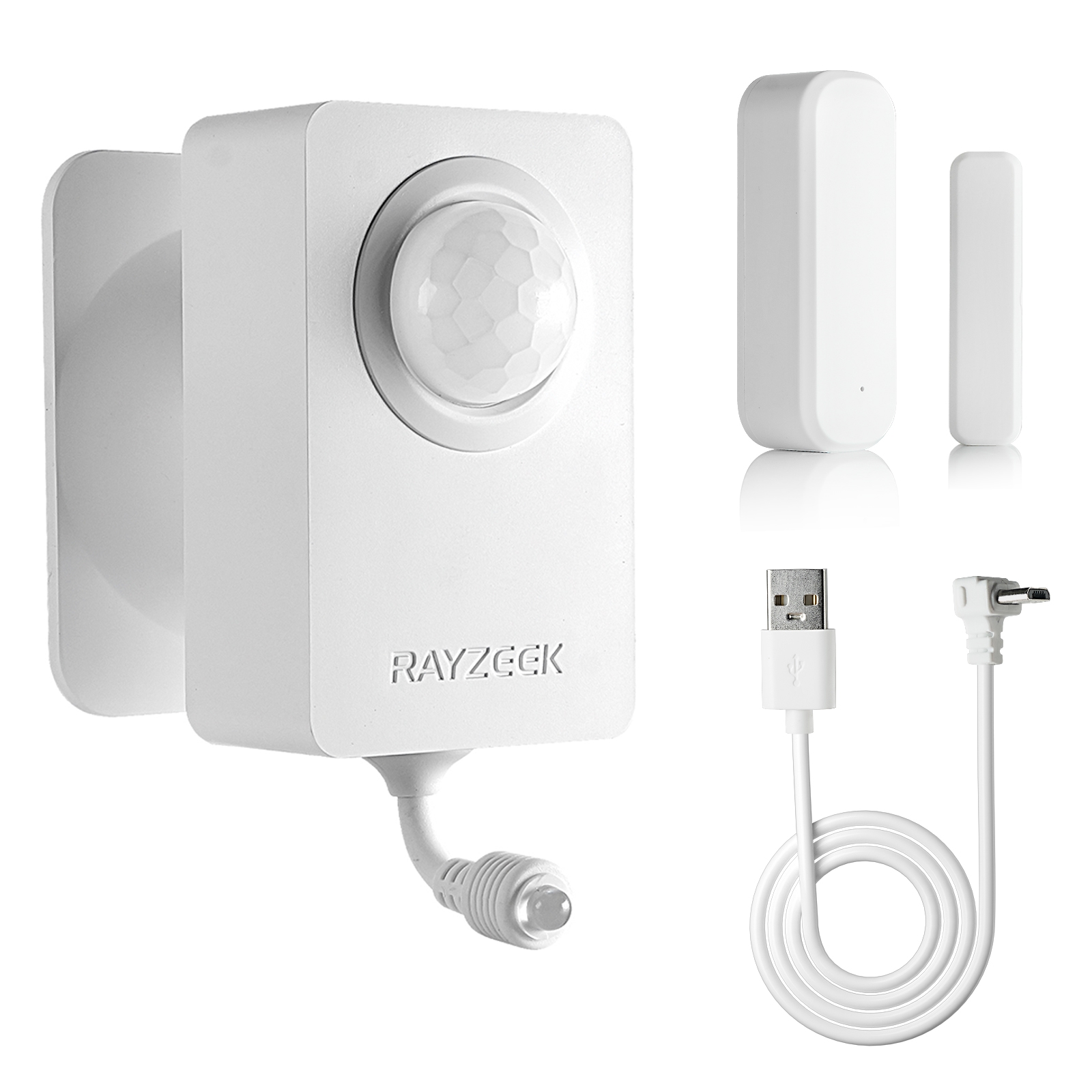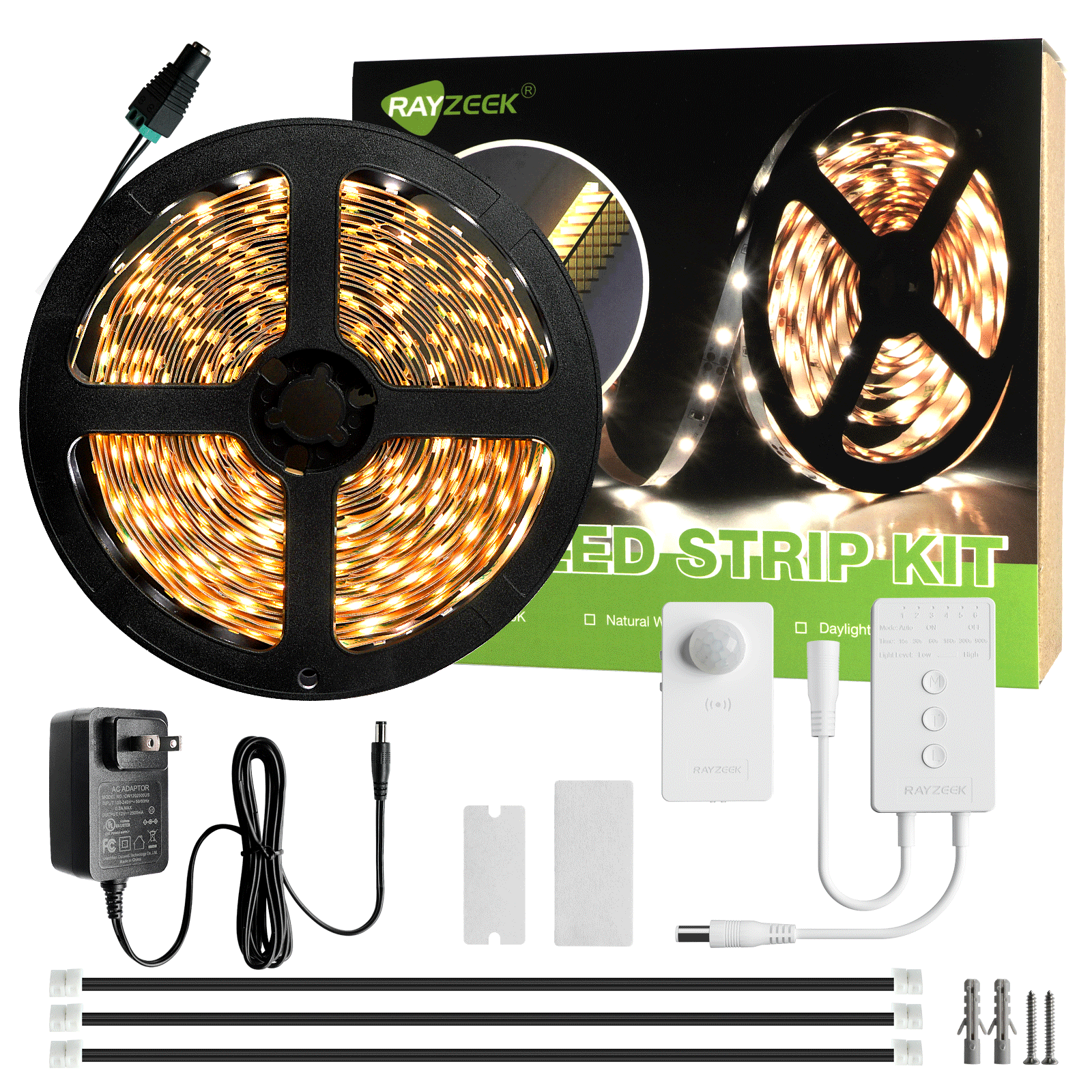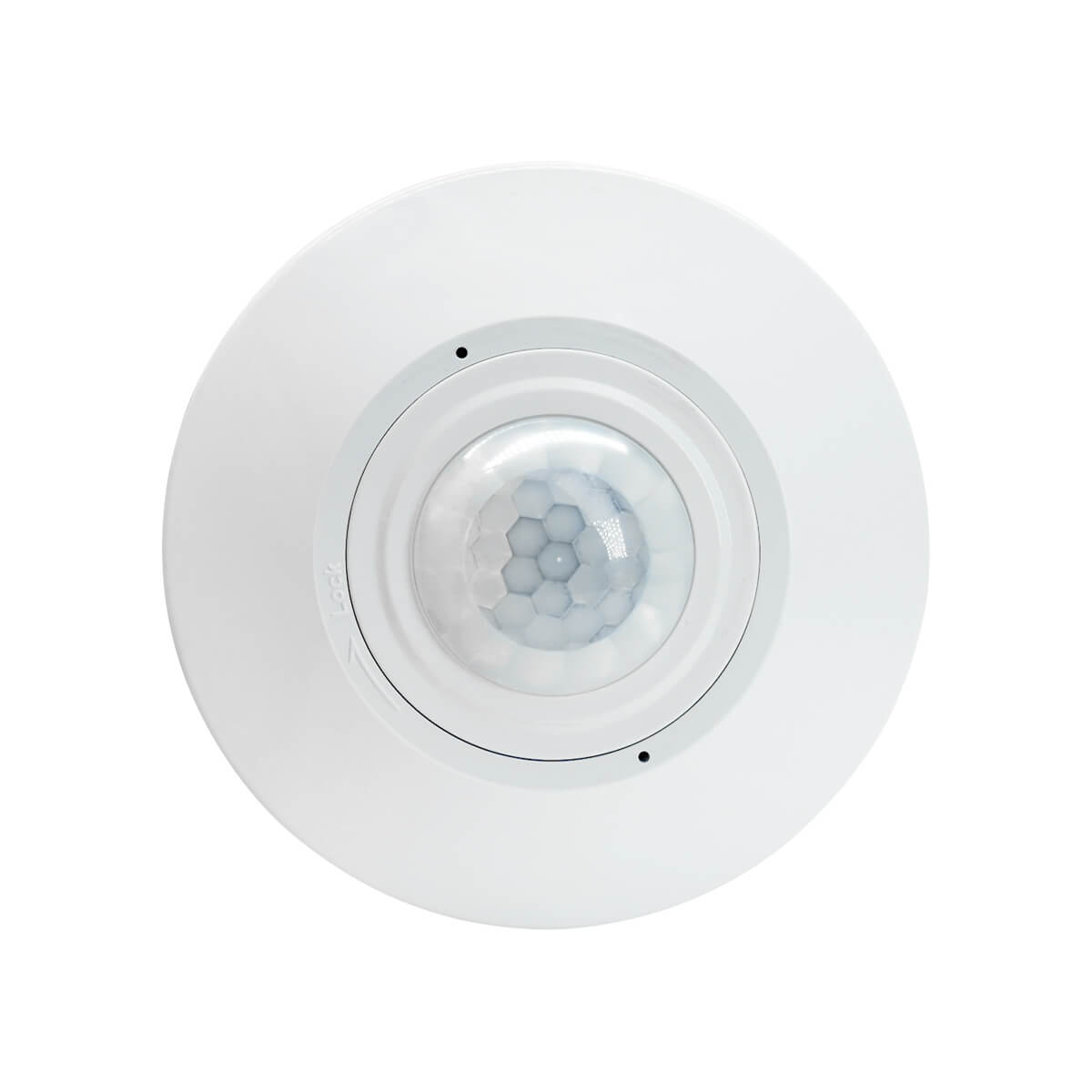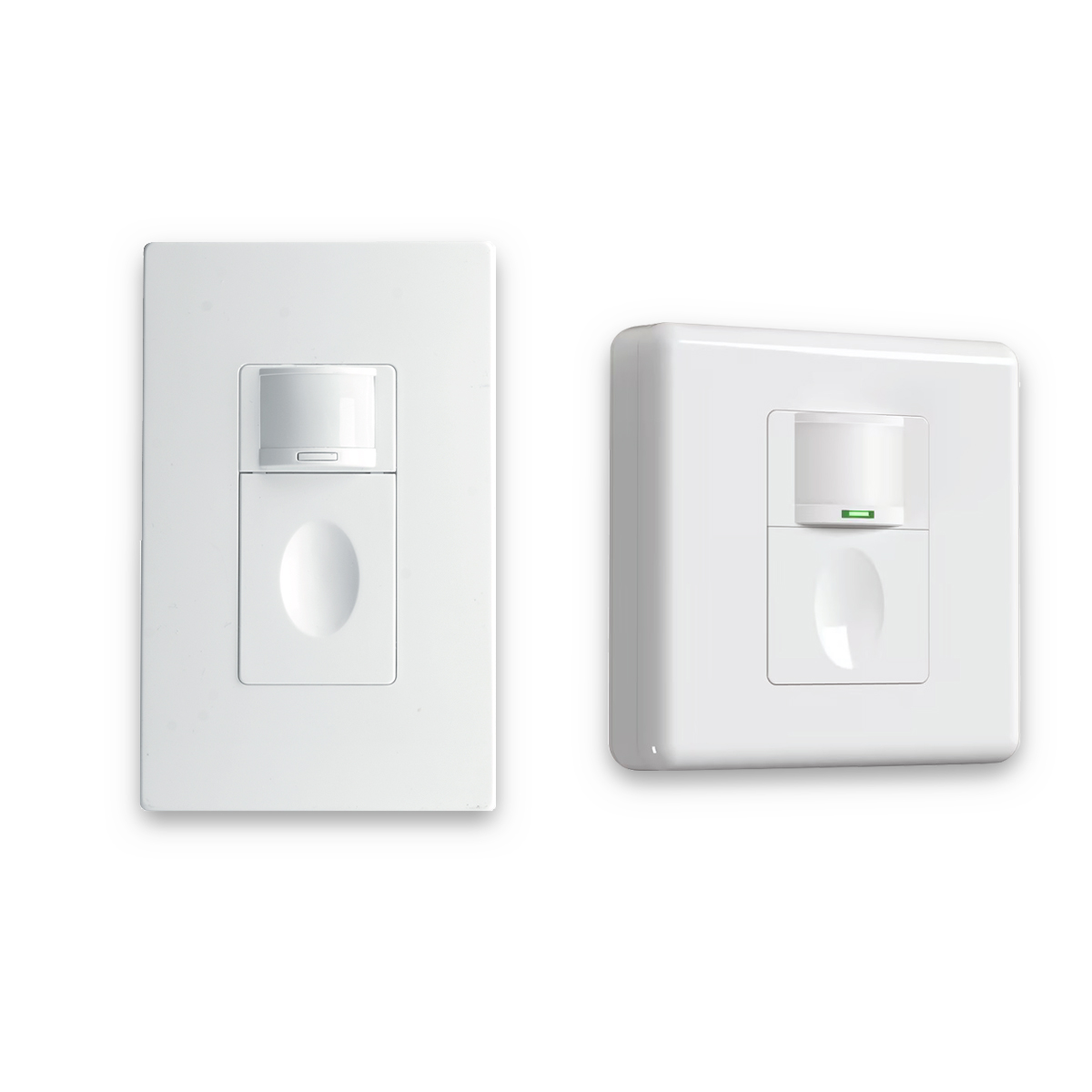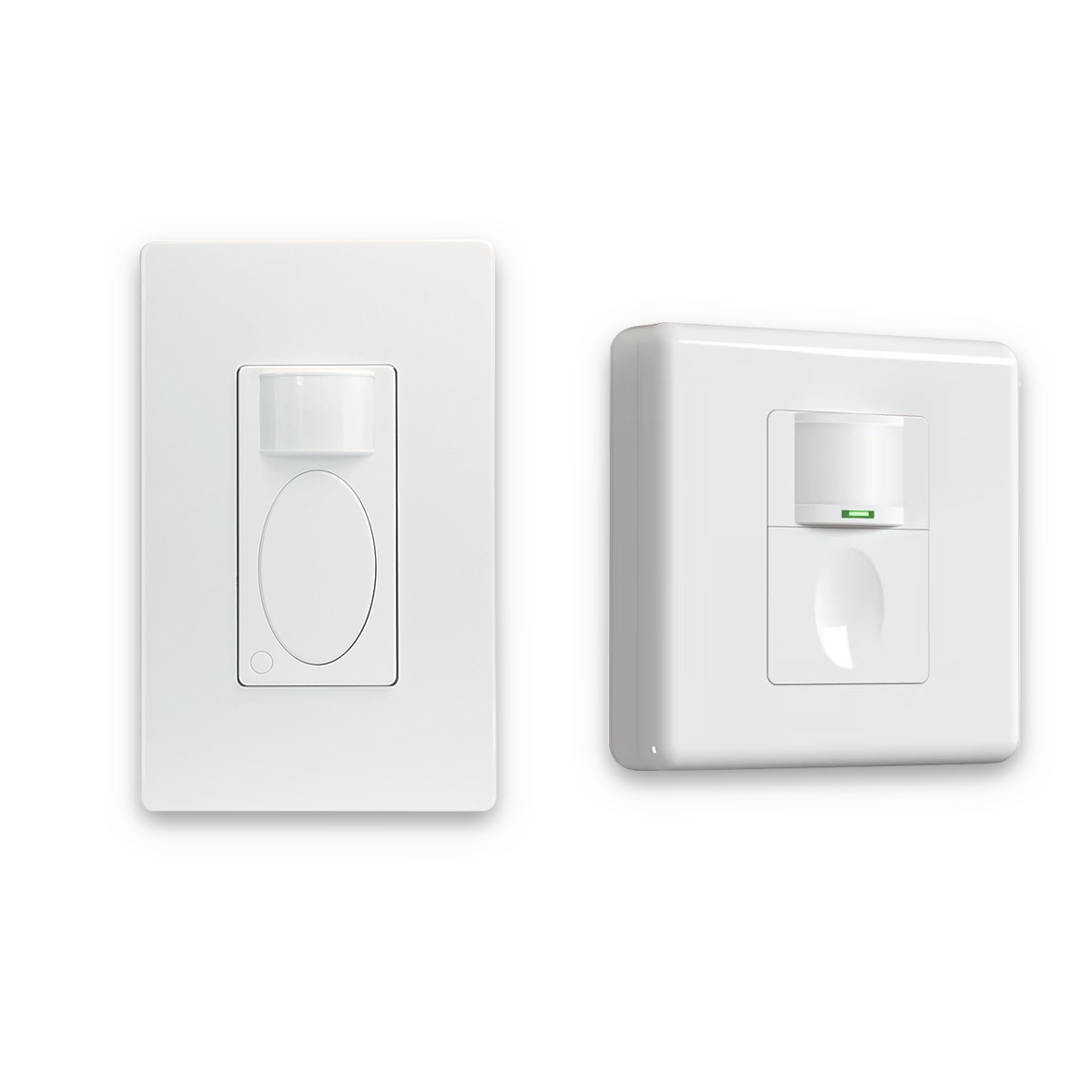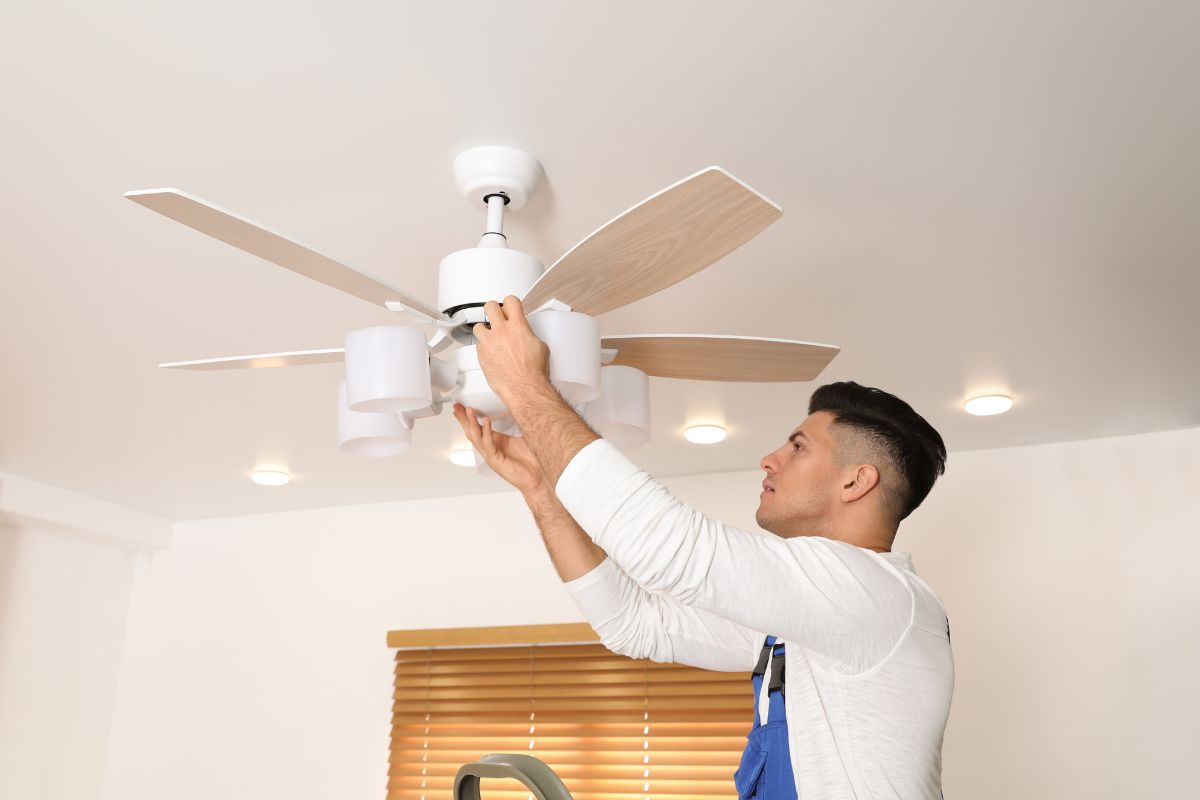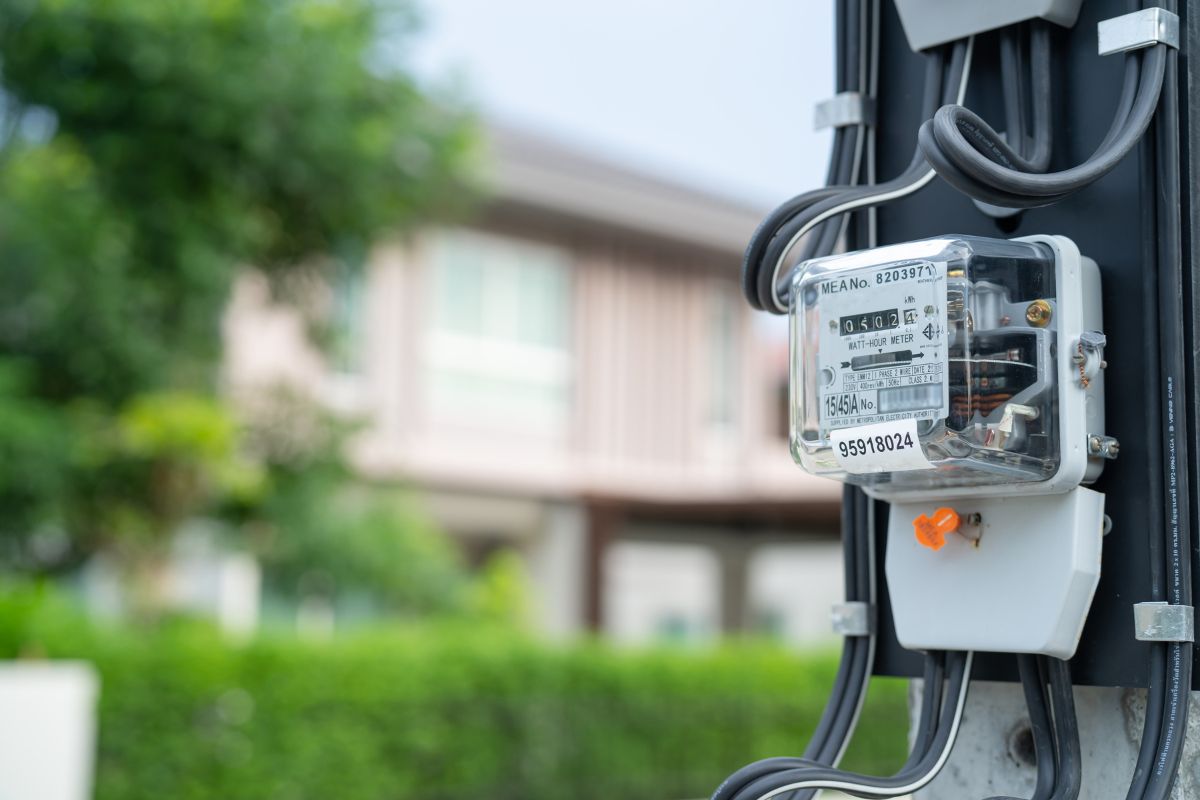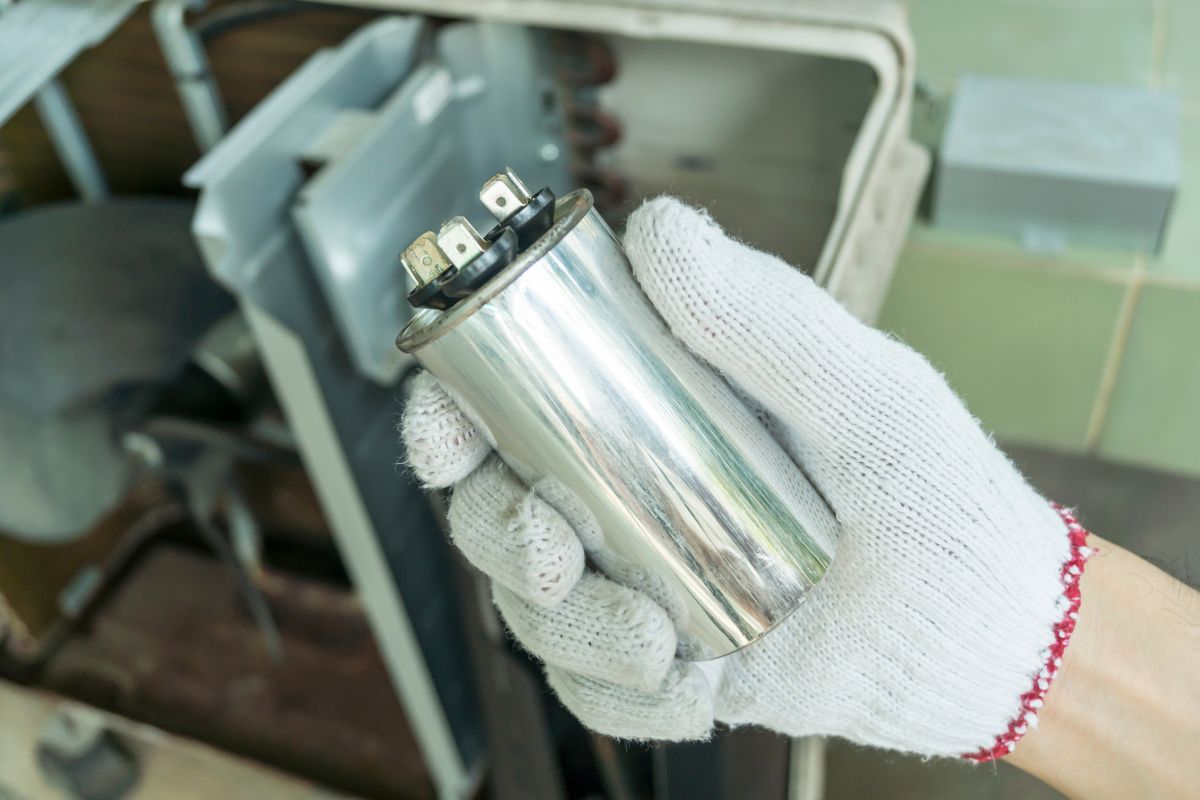Wszyscy słyszeliśmy szacunki 15-20 lat, ale co tak naprawdę decyduje o żywotności klimatyzatora? Jest to pytanie, które wykracza poza prostą liczbę, zagłębiając się w złożoną grę komponentów mechanicznych, wzorców użytkowania, czynników środowiskowych i praktyk konserwacyjnych.
Ten artykuł nie jest przeznaczony dla przypadkowych właścicieli domów szukających szybkiej odpowiedzi. Jest on przeznaczony dla ekspertów, profesjonalistów i wymagających osób, które wymagają głębszego zrozumienia skomplikowanych czynników, które decydują o tym, jak długo działają klimatyzatory.
Zbadamy niuanse techniczne, zaawansowane strategie konserwacji i nowe technologie, które kształtują przyszłość długowieczności klimatyzacji. Ponieważ jeśli chodzi o te niezbędne systemy, zrozumienie ich żywotności ma kluczowe znaczenie zarówno dla komfortu, jak i ostrożności finansowej.
Jak długo działają klimatyzatory: czynniki wpływające na żywotność klimatyzacji
Żywotność klimatyzatora jest wielopłaszczyznowym równaniem, na które wpływa rodzaj systemu, jego komponenty, środowisko, w którym działa, oraz sposób jego użytkowania i konserwacji. Przeanalizujmy te czynniki, zaczynając od najpopularniejszych typów systemów klimatyzacji.
Centralne systemy klimatyzacji: Przewidywany okres użytkowania
Centralne systemy klimatyzacji to konie robocze domowego komfortu, które zazwyczaj działają od 15 do 20 lat. Zakres ten jest jednak szerokim uogólnieniem. Czynniki takie jak tonaż, ocena SEER i jakość początkowej instalacji odgrywają znaczącą rolę. Odpowiednio dobrany system, dopasowany do potrzeb domu w zakresie chłodzenia, będzie działał wydajniej i zużywał się w mniejszym stopniu. Sezonowy współczynnik efektywności energetycznej (SEER) jest kluczowym wskaźnikiem, a wyższe oceny wskazują na większą wydajność i często dłuższą żywotność ze względu na mniejsze obciążenie komponentów. Co więcej, bezbłędna instalacja, w tym dobrze zaprojektowane i uszczelnione kanały, zapewnia optymalny przepływ powietrza i zapobiega cięższej pracy systemu niż to konieczne. Pomyśl o tym jak o dobrze nastrojonej orkiestrze - każdy instrument musi być w harmonii, aby uzyskać optymalną wydajność. Z drugiej strony źle zainstalowany system jest jak symfonia, w której instrumenty nie są dostrojone, co prowadzi do mniej niż gwiazdorskiej i potencjalnie krótszej żywotności.
Bezkanałowe systemy mini-split: Wydajność i trwałość
Bezkanałowe systemy mini-split zyskały popularność dzięki swojej efektywności energetycznej i ukierunkowanym możliwościom chłodzenia. Systemy te często mogą pochwalić się żywotnością porównywalną lub nawet przewyższającą centralne powietrze, a wiele z nich działa przez ponad 15-20 lat. Jedną z kluczowych zalet jest zastosowanie technologii inwerterowej, która pozwala sprężarce pracować ze zmienną prędkością, zmniejszając zużycie energii i minimalizując zużycie. Dodatkowo, brak przewodów eliminuje potencjalne problemy, takie jak wycieki i straty energii, przyczyniając się do poprawy wydajności i długowieczności. Sterowanie strefowe oferowane przez mini-splity pozwala na dostosowanie chłodzenia w różnych obszarach domu, zapobiegając przepracowaniu systemu w celu chłodzenia niezajętych przestrzeni. Wyobraź sobie różnicę między pojedynczą żarówką oświetlającą cały dom a indywidualnym oświetleniem każdego pomieszczenia - to drugie jest znacznie bardziej wydajne i ukierunkowane.
Jednostki okienne i przenośne: Równoważenie kosztów i żywotności
Klimatyzatory okienne i przenośne oferują bardziej ekonomiczne rozwiązanie chłodzenia, ale ich żywotność jest zazwyczaj krótsza, średnio około 8-10 lat. Wynika to częściowo z ich konstrukcji i wzorców użytkowania. W szczególności jednostki przenośne są często przenoszone z pokoju do pokoju lub przechowywane przez dłuższy czas, co może zwiększać ryzyko uszkodzenia. Chociaż te urządzenia mogą mieć niższy koszt początkowy, ważne jest, aby wziąć pod uwagę ich krótszą żywotność przy rozważaniu ogólnej wartości. Służą one pewnemu celowi, szczególnie w przypadku mniejszych przestrzeni lub jako rozwiązania tymczasowe, ale nie są zaprojektowane na dłuższą metę, jak ich odpowiedniki centralne lub mini-split. Pomyśl o nich jak o sprinterach w świecie klimatyzacji - zapewniają szybkie chłodzenie, ale mogą nie mieć wytrzymałości na maraton.
Zainspiruj się portfolio czujników ruchu Rayzeek.
Nie znalazłeś tego, czego szukasz? Nie martw się. Zawsze istnieją alternatywne sposoby rozwiązania problemów. Być może pomoże w tym jeden z naszych portfeli.
Podzespoły klimatyzatora: Najczęstsze punkty awarii
Zrozumienie wewnętrznego działania klimatyzatora ma kluczowe znaczenie dla oceny jego żywotności. Każdy komponent odgrywa istotną rolę, a awaria jednego z nich może znacząco wpłynąć na cały system.
Sprężarka: Serce systemu
Sprężarka jest sercem układu klimatyzacji, odpowiedzialnym za cyrkulację czynnika chłodniczego i umożliwienie procesu wymiany ciepła. Podobnie jak ludzkie serce, jest to ważny organ, który pracuje niestrudzenie, aby zapewnić płynne działanie. Sprężarki, zarówno tłokowe, spiralne, jak i obrotowe, zwykle działają od 10 do 20 lat, w zależności od użytkowania i konserwacji. Są one jednak podatne na różne problemy. Przegrzanie, często spowodowane niskim poziomem czynnika chłodniczego lub ograniczonym przepływem powietrza, może prowadzić do przedwczesnej awarii. Usterki elektryczne, takie jak przepalone uzwojenia lub wadliwe kondensatory, również mogą doprowadzić do zatrzymania pracy sprężarki. Podobnie jak w przypadku każdego elementu mechanicznego, zużycie z czasem może prowadzić do stopniowego spadku wydajności i ostatecznej awarii. Regularna konserwacja, w tym zapewnienie odpowiedniego poziomu czynnika chłodniczego i szybkie rozwiązywanie wszelkich problemów elektrycznych, ma kluczowe znaczenie dla maksymalizacji żywotności sprężarki.
Cewki skraplacza i parownika: Wymiana ciepła i degradacja
Wężownice skraplacza i parownika są niedocenianymi bohaterami procesu wymiany ciepła, odpowiedzialnymi za pochłanianie i oddawanie ciepła. Wężownice te, zwykle wykonane z miedzi lub aluminium, są stale narażone na działanie czynników atmosferycznych i podatne na korozję, zwłaszcza w środowiskach przybrzeżnych o wysokiej zawartości soli. Z biegiem czasu brud, zanieczyszczenia i zanieczyszczenia mogą gromadzić się na wężownicach, zmniejszając ich wydajność i zmuszając system do cięższej pracy. Może to prowadzić do zwiększonego zużycia energii, wyższych temperatur roboczych i ostatecznie krótszej żywotności. Regularne czyszczenie wężownicy jest niezbędne i nie chodzi tu tylko o estetykę. Chodzi o zapewnienie optymalnego transferu ciepła i zapobieganie przepracowaniu systemu. Pomyśl o tym jak o czyszczeniu chłodnicy w samochodzie - ma to kluczowe znaczenie dla zapobiegania przegrzaniu i utrzymania wydajności.
Czynnik chłodniczy: Rodzaje, nieszczelności i wydajność
Czynnik chłodniczy jest siłą napędową klimatyzatora, pochłaniającą i uwalniającą ciepło podczas cyrkulacji w układzie. Istnieją różne rodzaje czynników chłodniczych, przy czym R-22 (Freon) został wycofany ze względu na jego potencjał niszczenia warstwy ozonowej, a R-410A (Puron) stał się bardziej przyjaznym dla środowiska standardem. Wycieki czynnika chłodniczego są częstym problemem, który może znacząco wpłynąć na wydajność i żywotność klimatyzacji. Niski poziom czynnika chłodniczego zmusza sprężarkę do cięższej pracy, co prowadzi do przegrzania i potencjalnej awarii. Nieszczelności mogą również wprowadzać wilgoć i zanieczyszczenia do systemu, powodując dalsze uszkodzenia. Szybkie wykrywanie i naprawa wycieków ma kluczowe znaczenie i nie chodzi tylko o utrzymanie wydajności chłodzenia. Chodzi o ochronę środowiska i zapobieganie kosztownym naprawom w przyszłości.
Układ elektryczny: Okablowanie, kondensatory i styczniki
Układ elektryczny zapewnia zasilanie i sterowanie niezbędne do działania jednostki AC. Komponenty takie jak kondensatory, styczniki i okablowanie są niezbędne do uruchomienia sprężarki, obsługi silników wentylatorów i sterowania całym systemem. Kondensatory, które przechowują i uwalniają energię elektryczną, mają ograniczoną żywotność i są podatne na awarie, szczególnie w środowiskach o wysokiej temperaturze. Styczniki, które działają jak przełączniki elektryczne, również mogą z czasem ulec zużyciu z powodu wyładowań łukowych i wżerów. Wadliwe okablowanie, luźne połączenia i skoki napięcia mogą również uszkadzać komponenty elektryczne i prowadzić do nieprawidłowego działania systemu. Regularne kontrole układu elektrycznego przez wykwalifikowanego technika mogą zidentyfikować potencjalne problemy, zanim spowodują one poważne problemy.
Czynniki zewnętrzne: Wpływ środowiska i użytkowania na trwałość
Poza komponentami wewnętrznymi, czynniki zewnętrzne odgrywają znaczącą rolę w określaniu żywotności klimatyzatora. Środowisko, w którym działa urządzenie i sposób jego użytkowania mogą mieć ogromny wpływ na jego żywotność.
Klimat i korozja: Walka z żywiołami
Klimat jest głównym czynnikiem determinującym żywotność klimatyzacji. Jednostki w gorącym, wilgotnym klimacie, szczególnie na obszarach przybrzeżnych, muszą nieustannie walczyć z korozją. Połączenie wysokich temperatur, wilgoci i słonego powietrza może przyspieszyć degradację elementów metalowych, zwłaszcza wężownic skraplacza. Ekstremalne wahania temperatury mogą również obciążać komponenty i prowadzić do przedwczesnej awarii. W takich środowiskach wybór materiałów odpornych na korozję i wdrożenie środków ochronnych, takich jak regularne płukanie jednostki zewnętrznej, może pomóc złagodzić szkodliwe działanie czynników atmosferycznych.
Wzorce użytkowania i strategie termostatu: Znalezienie najlepszego rozwiązania
Sposób użytkowania klimatyzatora może znacząco wpłynąć na jego żywotność. Częste włączanie i wyłączanie klimatyzatora może dodatkowo obciążać sprężarkę i inne podzespoły. Ciągłe uruchamianie klimatyzacji w bardzo niskich temperaturach może również prowadzić do zwiększonego zużycia. Znalezienie "najlepszego miejsca" dla ustawień termostatu ma kluczowe znaczenie. Programowalne lub inteligentne termostaty mogą pomóc zoptymalizować zużycie, automatycznie dostosowując temperaturę w zależności od liczby osób i pory dnia. Pozwala to nie tylko oszczędzać energię, ale także zmniejsza obciążenie systemu, przyczyniając się do wydłużenia jego żywotności. Chodzi o znalezienie równowagi między komfortem a wydajnością, zapewniając, że klimatyzator pracuje mądrzej, a nie ciężej.
Jakość powietrza: Cichy zabójca klimatyzatorów
Jakość powietrza w pomieszczeniach jest często pomijana, ale odgrywa kluczową rolę w długowieczności klimatyzacji. Kurz, pyłki, sierść zwierząt i inne zanieczyszczenia mogą gromadzić się na filtrach i cewkach, ograniczając przepływ powietrza i zmniejszając wydajność. Zmusza to system do cięższej pracy, zwiększając zużycie energii i potencjalnie prowadząc do awarii podzespołów. Regularna wymiana filtrów powietrza jest niezbędna, a wybór odpowiedniego filtra do swoich potrzeb jest równie ważny. Wyższe filtry MERV (Minimum Efficiency Reporting Value) wychwytują więcej cząstek unoszących się w powietrzu, ale mogą ograniczać przepływ powietrza, jeśli nie są odpowiednio dopasowane do systemu. Poprawa ogólnej jakości powietrza w pomieszczeniach poprzez stosowanie oczyszczaczy powietrza i zapewnienie odpowiedniej wentylacji może również przyczynić się do zdrowszego i trwalszego działania klimatyzatora.
Szukasz rozwiązań energooszczędnych aktywowanych ruchem?
Skontaktuj się z nami, aby uzyskać kompletne czujniki ruchu PIR, produkty energooszczędne aktywowane ruchem, przełączniki czujników ruchu i rozwiązania komercyjne w zakresie obecności/pobytu.
Zaawansowana konserwacja: Strategie maksymalizacji żywotności klimatyzacji
Podczas gdy rutynowa konserwacja, taka jak wymiana filtrów, jest niezbędna, maksymalizacja żywotności klimatyzacji wymaga bardziej proaktywnego i dogłębnego podejścia. Zaawansowane techniki konserwacji mogą pomóc w zapobieganiu problemom, optymalizacji wydajności i wydłużeniu żywotności systemu.
Więcej niż wymiana filtrów: Głębokie czyszczenie i optymalizacja systemu
Głębokie czyszczenie wykracza poza zwykłą wymianę filtra powietrza. Obejmuje ono dokładne czyszczenie skraplacza i parownika, usuwanie brudu, zanieczyszczeń i wszelkich śladów korozji. Można to zrobić za pomocą specjalistycznych środków do czyszczenia wężownic i miękkiej szczotki lub strumienia wody pod niskim ciśnieniem. Należy również sprawdzić i wyczyścić przewód spustowy kondensatu, aby zapobiec zatykaniu się, co może prowadzić do uszkodzenia wody i nieprawidłowego działania systemu. Silnik dmuchawy i łopatki wentylatora powinny zostać sprawdzone i wyczyszczone, aby zapewnić prawidłowy przepływ powietrza. Smarowanie ruchomych części, takich jak łożyska silnika wentylatora, może również pomóc zmniejszyć tarcie i zużycie. Zadania te najlepiej wykonywać przez wykwalifikowanego technika HVAC, który posiada wiedzę i narzędzia do bezpiecznego i skutecznego wykonywania pracy.
Zarządzanie czynnikiem chłodniczym: Wykrywanie nieszczelności i testowanie wydajności
Zarządzanie czynnikiem chłodniczym ma kluczowe znaczenie dla utrzymania optymalnej wydajności i zapobiegania uszkodzeniom sprężarek. Zaawansowane metody wykrywania nieszczelności, takie jak stosowanie elektronicznych detektorów nieszczelności, mogą wskazać nawet niewielkie wycieki, które w przeciwnym razie mogłyby pozostać niezauważone. Regularne testy ciśnieniowe mogą ocenić poziom czynnika chłodniczego i wydajność systemu, identyfikując potencjalne problemy, zanim doprowadzą one do poważnych problemów. Należy pamiętać, że obsługa czynnika chłodniczego wymaga specjalistycznego szkolenia i certyfikacji ze względu na przepisy dotyczące ochrony środowiska. W przypadku wszelkich prac związanych z czynnikiem chłodniczym należy zawsze polegać na wykwalifikowanym techniku.
Diagnostyka układu elektrycznego: Identyfikacja potencjalnych problemów
Regularne kontrole układu elektrycznego mogą pomóc w zapobieganiu nieoczekiwanym awariom i wydłużyć żywotność komponentów elektrycznych. Korzystając z multimetru, technik może przetestować kondensatory i styczniki, aby upewnić się, że działają zgodnie ze specyfikacjami. Okablowanie powinno być sprawdzane pod kątem oznak uszkodzeń, takich jak strzępienie lub przebarwienia. Luźne połączenia należy dokręcić, aby zapobiec zwarciom elektrycznym. Diagnostyka ta może zidentyfikować potencjalne problemy, zanim spowodują one poważne problemy, oszczędzając kosztownych napraw i zapewniając ciągłe działanie systemu klimatyzacji.
Przyszłość długowieczności AC: Innowacje i nowe technologie
Dziedzina technologii HVAC stale się rozwija, a nowe innowacje i pojawiające się technologie obiecują poprawę wydajności, niezawodności i żywotności.
Technologia inwerterowa i sprężarki o zmiennej prędkości obrotowej
Technologia inwerterowa zrewolucjonizowała branżę HVAC, umożliwiając sprężarkom pracę ze zmienną prędkością zamiast zwykłego włączania i wyłączania przy pełnej wydajności. Praca ze zmienną prędkością znacznie zmniejsza zużycie energii i minimalizuje zużycie sprężarki. Dostosowując prędkość do zapotrzebowania na chłodzenie, klimatyzatory inwerterowe utrzymują bardziej stałą temperaturę, pracują ciszej i mniej obciążają komponenty, przyczyniając się do dłuższej żywotności.
Inteligentne termostaty i konserwacja zapobiegawcza: Powstanie inteligentnego systemu HVAC
Inteligentne termostaty stają się coraz bardziej zaawansowane, wykorzystując algorytmy uczenia maszynowego do uczenia się wzorców użytkowania i optymalizacji działania klimatyzacji. Mogą one automatycznie dostosowywać temperaturę w oparciu o zajętość, porę dnia, a nawet prognozy pogody, maksymalizując efektywność energetyczną i zmniejszając obciążenie systemu. Kolejnym ekscytującym rozwiązaniem jest konserwacja predykcyjna, wykorzystująca czujniki i analizę danych do monitorowania wydajności systemu i wykrywania potencjalnych problemów przed ich wystąpieniem. Analizując dane dotyczące temperatury, przepływu powietrza, wibracji i innych parametrów, systemy te mogą ostrzegać właścicieli domów lub techników o potencjalnych problemach, umożliwiając proaktywną konserwację i zapobiegając kosztownym awariom.
Idąc o krok dalej w koncepcji inteligentnego systemu HVAC, pojawiają się innowacyjne rozwiązania, takie jak czujnik ruchu klimatyzatora RZ050, które wzbogacają istniejące jednostki klimatyzacyjne o inteligentną automatyzację. RZ050 dodaje warstwę kontroli opartej na obecności do obecnego klimatyzatora, zapewniając, że działa on tylko wtedy, gdy jest potrzebny. To nie tylko oszczędza energię, ale także przyczynia się do dłuższej żywotności klimatyzatora poprzez zmniejszenie niepotrzebnego zużycia.
RZ050: Przyszłość wydajności AC
Ulepsz swój klimatyzator dzięki inteligentnemu wykrywaniu obecności.
- Bezproblemowa integracja z większością klimatyzatorów typu split.
- Tryb nocny zapewnia nieprzerwany sen.
- Zmniejsza rachunki za energię nawet o 50%.
Automatycznie wyłączając klimatyzację, gdy pomieszczenie nie jest zajęte, RZ050 jest przykładem zasad inteligentnego systemu HVAC. Jest to prosty, ale potężny sposób na ulepszenie istniejącego systemu, czyniąc go inteligentniejszym i bardziej wydajnym bez konieczności całkowitego remontu.
Ekonomia żywotności klimatyzacji: Naprawa, wymiana i zwrot z inwestycji
Zrozumienie ekonomiki żywotności klimatyzacji ma kluczowe znaczenie dla podejmowania świadomych decyzji dotyczących naprawy, wymiany i maksymalizacji zwrotu z inwestycji (ROI).
Może jesteś zainteresowany
Ocena powagi naprawy: Czy warto naprawiać?
Kiedy klimatyzator ulega awarii, nieuchronnie pojawia się kwestia naprawy lub wymiany. Należy wziąć pod uwagę kilka czynników, w tym wiek jednostki, koszt naprawy, częstotliwość awarii i ogólny stan systemu. Zgodnie z ogólną zasadą, jeśli koszt naprawy przekracza 50% kosztu nowej jednostki, wymiana jest często bardziej ekonomiczną opcją. Podobnie, jeśli jednostka zbliża się do końca oczekiwanej żywotności i doświadczyła wielu awarii, może to być czas na rozważenie modernizacji.
Obliczanie okresów zwrotu dla nowych jednostek o wysokiej wydajności
Inwestycja w nową, wysokowydajną jednostkę klimatyzacyjną może przynieść znaczne długoterminowe oszczędności na rachunkach za energię. Aby określić opłacalność finansową wymiany, konieczne jest obliczenie okresu zwrotu. Można to zrobić za pomocą prostego wzoru:
Okres zwrotu (lata) = koszt nowej jednostki / roczne oszczędności energii
Na przykład, jeśli nowa jednostka kosztuje $5,000 i przewiduje się, że zaoszczędzi $500 rocznie na kosztach energii, okres zwrotu wyniesie 10 lat. Czynniki takie jak współczynnik SEER, koszty energii w danym obszarze i typowe wzorce użytkowania powinny być brane pod uwagę przy szacowaniu oszczędności energii.
Równoważenie wydajności, trwałości i zrównoważonego rozwoju
Wybierając nową jednostkę klimatyzacyjną, należy wziąć pod uwagę nie tylko jej wydajność i trwałość, ale także zrównoważony rozwój. Wybór jednostki o wysokim współczynniku SEER i przyjaznym dla środowiska czynniku chłodniczym może zmniejszyć wpływ na środowisko. Wybór trwałej i długowiecznej jednostki minimalizuje również ilość odpadów i oszczędza zasoby. Kluczowe znaczenie ma również odpowiedzialna utylizacja starego urządzenia, zapewniająca właściwe postępowanie z czynnikami chłodniczymi i innymi materiałami.
Podsumowanie: Opanowanie długowieczności AC
Opanowanie długowieczności AC nie polega na znalezieniu magicznej liczby. Chodzi o zrozumienie skomplikowanej interakcji czynników, które wpływają na żywotność tych złożonych systemów. Chodzi o przyjęcie zaawansowanych praktyk konserwacyjnych, bycie na bieżąco z nowymi technologiami i podejmowanie świadomych decyzji dotyczących napraw i wymiany. Łącząc wiedzę techniczną, praktyczne umiejętności i proaktywne podejście, możesz przejąć kontrolę nad przeznaczeniem swojej klimatyzacji, zapewniając lata niezawodnego komfortu, jednocześnie maksymalizując swoją inwestycję i minimalizując wpływ na środowisko. Podróż do opanowania długowieczności klimatyzacji to ciągły proces uczenia się, który ostatecznie prowadzi do bardziej komfortowej, wydajnej i zrównoważonej przyszłości.

